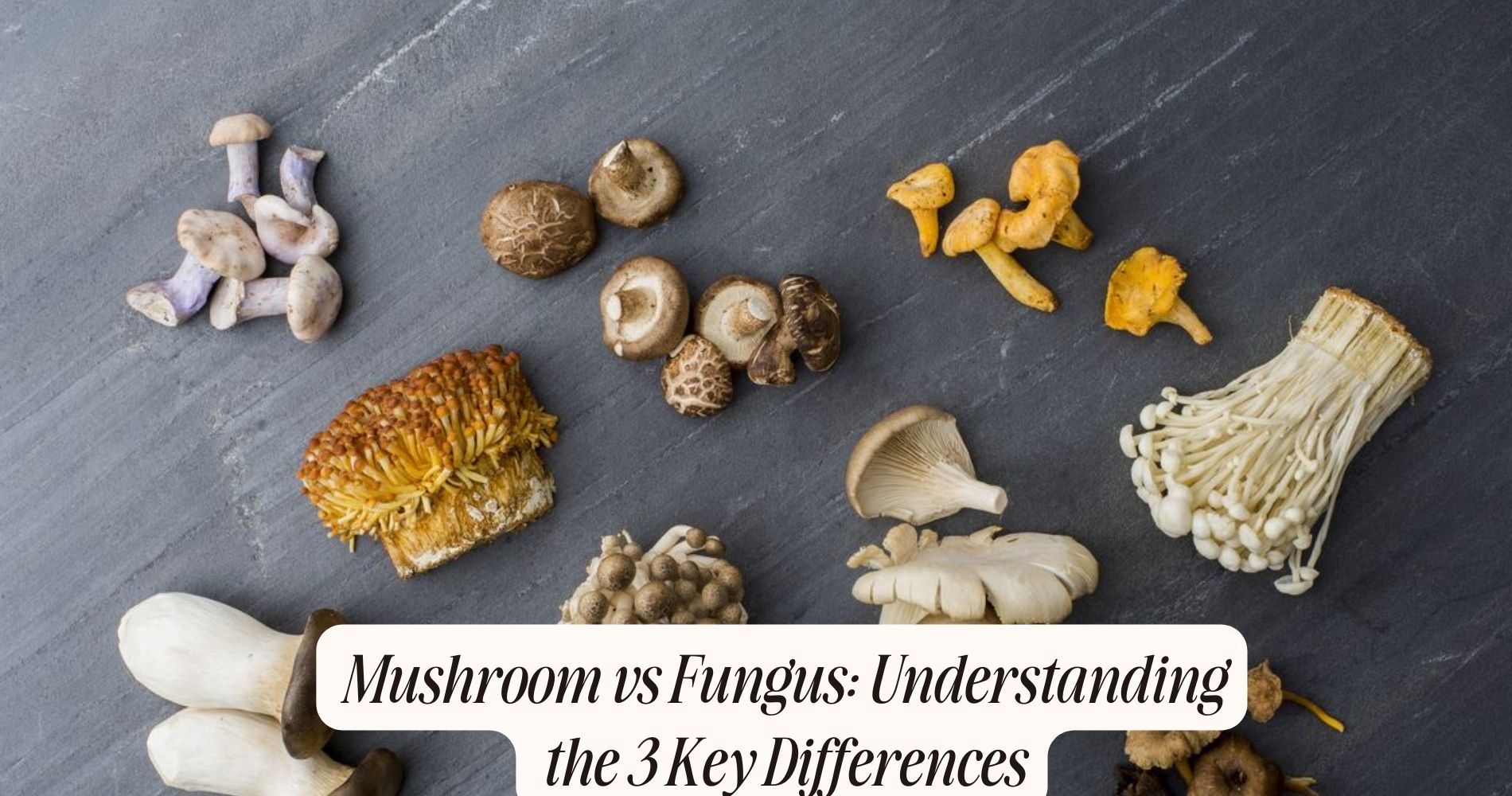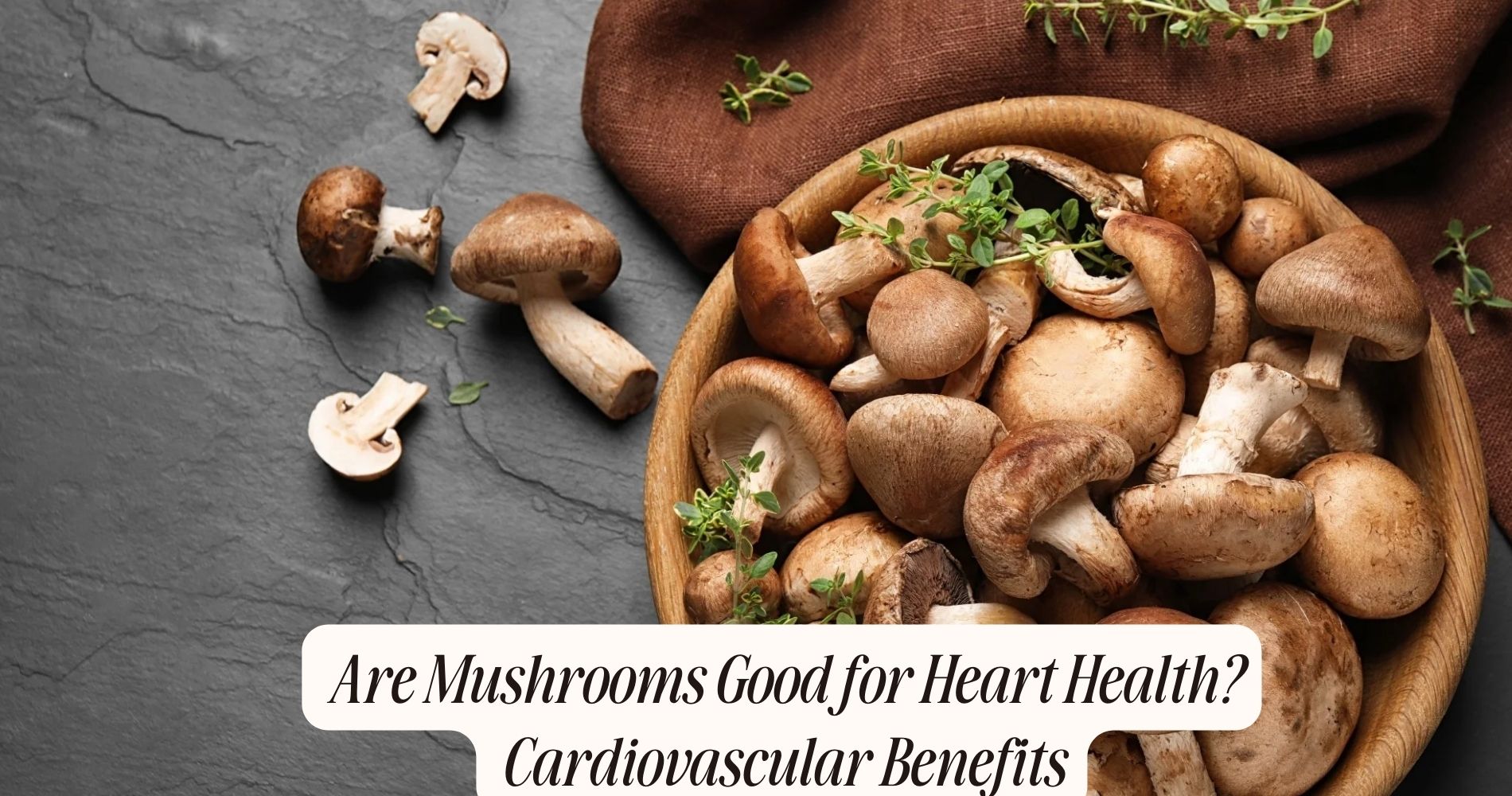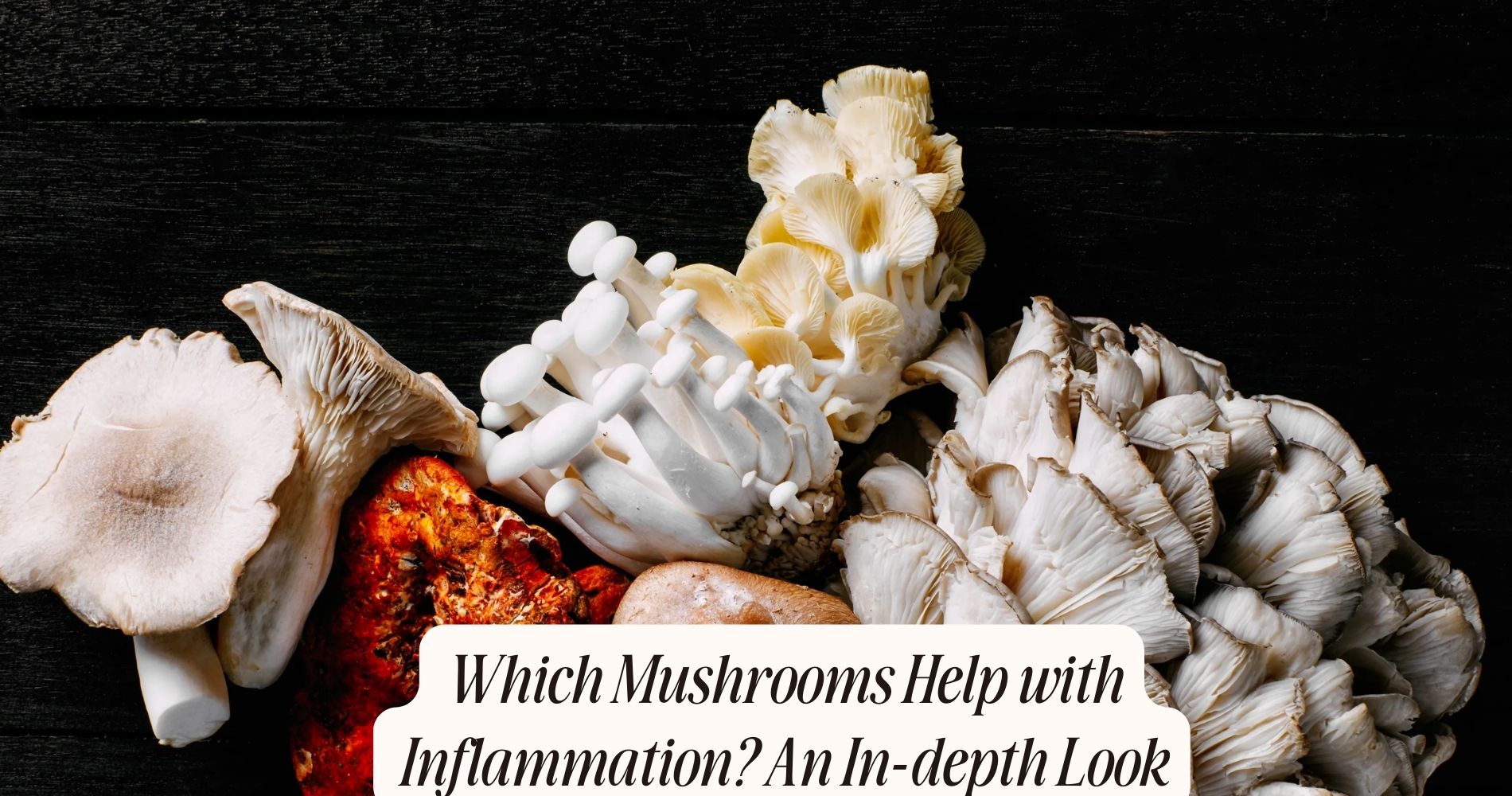
Mushroom vs Fungus: Understanding the 3 Key Differences
To grasp the key differences between mushrooms and fungi, start with biological classification. Mushrooms are fruiting bodies of fungi from the phylum Basidiomycota, while fungi include a broader range of organisms like yeasts and molds. Structurally, mushrooms have caps, gills, and stalks for spore dispersal, whereas molds form mycelium and sporangia. Ecologically, fungi decompose organic matter and form mycorrhizal partnerships, whereas mushrooms play a role in spore distribution. To deepen your understanding, explore how these differences impact their environments and interactions.
Biological Classification
In biological classification, mushrooms are the fruiting bodies of certain fungi, specifically within the phylum Basidiomycota, while fungi encompass a broader kingdom that includes yeasts, molds, and other fungal forms.
When you're exploring the taxonomic hierarchy, it's crucial to understand that mushrooms represent just a small segment of fungal species diversity. Fungi occupy their own kingdom, distinct from plants, animals, and bacteria, classified under the domain Eukarya due to their complex cell structures.

Within the fungal kingdom, the phylum Basidiomycota is particularly notable for producing mushrooms, characterized by their spore-bearing structures. However, this classification is just one layer of the taxonomic hierarchy.
As you investigate further, you'll encounter classes, orders, families, genera, and finally, species. Each level offers a finer resolution on the organism's traits and evolutionary history.
Species diversity within fungi is immense, with over 100,000 identified species, and estimates suggesting millions more. This richness underscores the ecological significance and adaptability of fungi across various environments.
Structure and Form
When examining the structure and form, mushrooms and other fungi exhibit distinct morphological features that reflect their unique ecological roles and reproductive strategies.
Mushrooms, a subset of fungi, have a well-defined fruiting body known as the basidiocarp, which is typically composed of a cap, gills, and a stalk. These structures facilitate the dispersal of spores, which are the primary reproductive structures in mushrooms. The cap houses the gills or pores, where basidia produce and release spores into the environment.
Other fungi, such as molds and yeasts, lack this complex fruiting body. Molds grow as multicellular filaments called hyphae, which form a network known as mycelium. The mycelium serves as the primary vegetative structure, absorbing nutrients from the environment. Reproductive structures in molds include sporangia or conidiophores, which generate spores asexually.

Yeasts, on the other hand, are unicellular fungi. They reproduce primarily through budding, a process where a new cell forms from a parent cell. Unlike mushrooms, yeasts don't form large fruiting bodies, and their reproductive structures are simpler.
Understanding these morphological differences and reproductive structures helps clarify the diverse strategies fungi employ to thrive and propagate.
Ecological Roles
Mushrooms and other fungi play critical ecological roles by decomposing organic matter, recycling nutrients, and forming symbiotic relationships with plants. Through the decomposition process, fungi break down complex organic materials such as lignin and cellulose, which most organisms can't digest. This process is essential because it returns essential nutrients back into the soil, facilitating nutrient cycling.
Without fungi, dead plant and animal matter would accumulate, leading to nutrient depletion and impaired ecosystem functioning.
Moreover, fungi form mycorrhizal associations with plant roots, enhancing water and nutrient absorption. In these mutualistic relationships, fungi receive carbohydrates from plants, while plants gain increased access to essential minerals like phosphorus and nitrogen. These interactions improve plant health and resilience, particularly in nutrient-poor soils.

Fungi also produce enzymes and acids that further enhance nutrient availability. By dissolving minerals and breaking down organic matter into simpler compounds, they make these nutrients accessible to other organisms within the ecosystem.
This intricate web of interactions underscores the indispensability of fungi in maintaining ecological balance and promoting biodiversity. Therefore, understanding the ecological roles of mushrooms and fungi is crucial for appreciating their contributions to ecosystem sustainability and resilience.
Frequently Asked Questions
Can Mushrooms Be Used in Traditional Medicine?
Yes, you can use mushrooms in traditional medicine. Traditional healers often rely on fungal extracts due to their bioactive compounds, which exhibit antioxidant, anti-inflammatory, and antimicrobial properties, offering a scientific basis for their medicinal applications.
Are All Mushrooms Safe to Eat?
You shouldn't assume all mushrooms are safe to eat. Toxic varieties exist, and proper identification techniques are essential. Using expert methods like spore print analysis and habitat examination guarantees you avoid poisonous species and stay safe.
How Do Mushrooms Reproduce?
Mushrooms reproduce through spore dispersal. They can engage in asexual reproduction, releasing spores into the environment. Spores then germinate under suitable conditions, forming new mycelium. This process guarantees genetic diversity and species propagation.
What Are the Culinary Uses of Mushrooms?
You'll find various mushroom varieties enhancing dishes through diverse cooking techniques. Sautéing, grilling, or roasting mushrooms like shiitake, portobello, and chanterelles releases umami flavors, making them indispensable in gourmet cuisine and nutritional science.
Do Mushrooms Have Any Health Benefits?
Yes, mushrooms offer significant health benefits. They boast high nutritional value, providing essential vitamins and minerals. Additionally, compounds like beta-glucans found in mushrooms support immune health by enhancing your body's defense mechanisms.
Conclusion
To conclude, you've examined the critical distinctions between mushrooms and fungi through biological classification, structure and form, and ecological roles. Mushrooms are simply the fruiting bodies of certain fungi, while fungi encompass a vast kingdom of organisms.
Their structural differences and varied ecological impacts further underscore their unique characteristics. By understanding these key differences, you're prepared to appreciate the complex and essential roles fungi play in our ecosystems.




